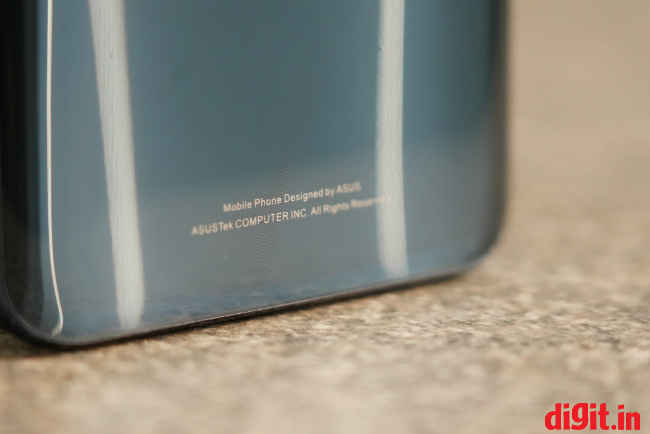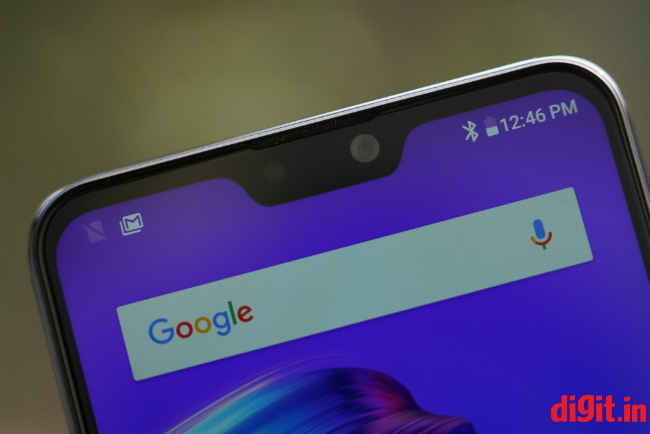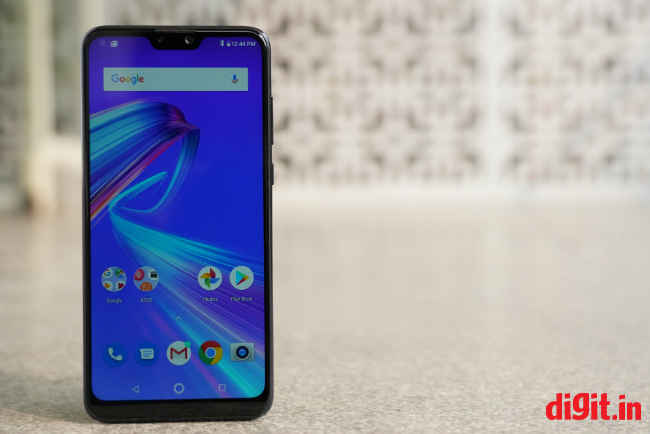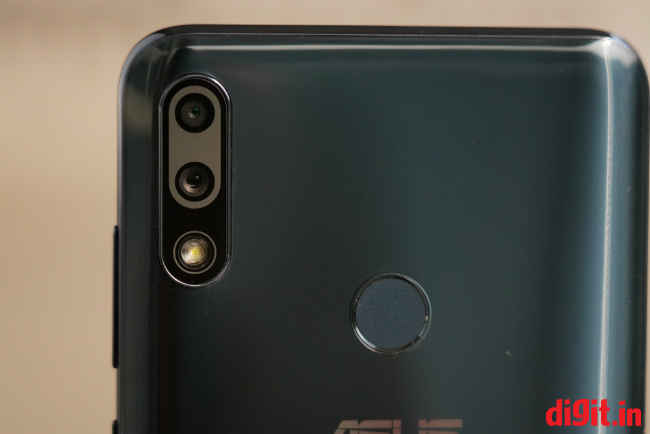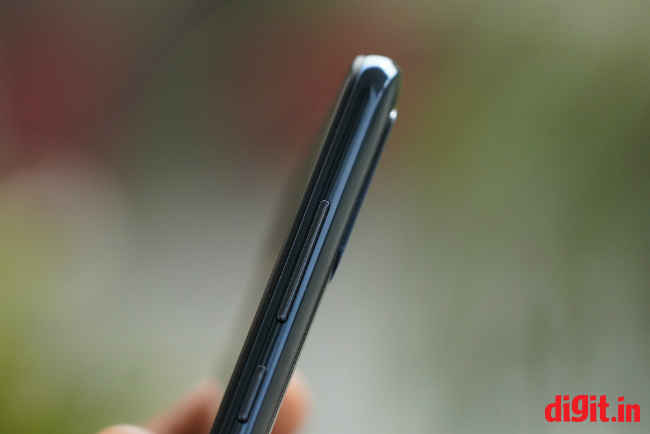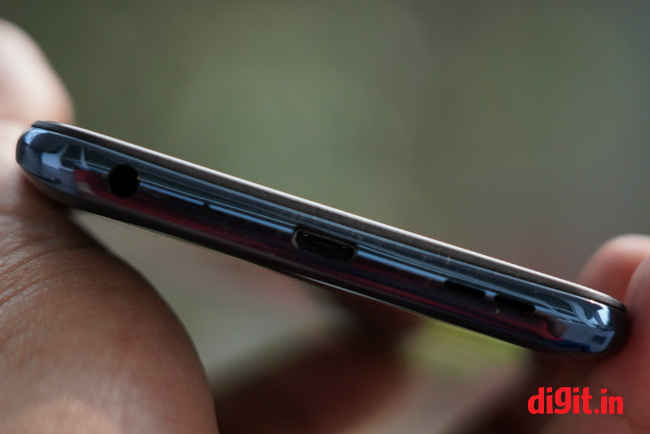Asus Zenfone Max Pro M2 First Impressions: A promising sequel

The Asus Zenfone Max Pro M2 is a point-by-point upgrade over its predecessor. While the core philosophy of the product remains intact, the hardware and the design both seem to have been improved.
When Asus launched the mid-range Zenfone Max Pro M1 right on the heels of the Xiaomi Redmi Note 5 Pro, little did we know the phone will go on to become a bestseller for the company. The Max Pro M1 marked a shift in Asus’ Zenfone lineup of phones. With stock Android and hardware that was right up there with the most powerful mid-ranger at that time, the Max Pro M1 proved that Xiaomi isn’t the only brand that can win the spec-sheet war. Now, with the new Zenfone Max Pro M2, Asus is looking to repeat history.
Since the mid-range benchmark device is no longer a Xiaomi phone, the Max Pro M2 aims to dethrone the Realme 2 Pro with hardware set that’s mostly similar save for a few additions in Asus’ offering. It also comes earlier than expected with Asus perhaps to keep up momentum going till next year. In both the design and the hardware under the hood, the Asus Zenfone Max Pro M2 looks promising. We received the phone a few days before the launch and managed to spend some time with it. Here’s what we thought about it:
Gorilla Glass 6 on a budget
Curved, ergonomic design
The basic look of the Asus Zenfone Max Pro M2 is quite similar to its predecessor. Only this time, the construction material has changed. Asus realised you can only do so much with a metal-body design and instead switched to a glossy new material called resin. It’s a polymer that could be a little more durable than glass, but it does render a subtle shine to the body. It definitely looks much better than the bare-bones design of the predecessor. A balance of durability and good looks seems to be the key element in the design since the Zenfone Max Pro M2 also introduces the Corning Gorilla Glass 6 on top of the display. While we aren’t sure how much of an improvement that makes, it certainly will go on to reassure buyer that the display won’t shatter at the first drop. The Zenfone Max Pro M2 is also the only phone in this budget segment to offer Gorilla Glass 6.
Glossy, resin rear panel
The Zenfone Max Pro M2 also seems to tout a better looking display, as compared to its predecessor, albeit with a notch on top. The 6.26-inch panel has FHD+ resolution with 1500:1 contrast ratio and 450 nits of brightness, according to Asus. It certainly looks more immersive than the Zenfone Max Pro M1.
Not so wide a notch
Subtle curves from the rear panel makes the phone easy to hold, but it does feel a tad too tall for one-handed use. It’s also quite bulky owing to the big battery underneath, but between a long battery life and added weight, we believe people will prefer the former.
Snapdragon 660-powered performance
Stock Android powered by Snapdraon 660
If the Asus Zenfone Max Pro M1 took on the Xiaomi Redmi Note 5 Pro in the first half of 2018 with a Snapdragon 636, the Max Pro M2 does the same to take on the Realme 2 Pro with a Snapdragon 660. Asus ensures the best hardware at the price and compounds that with the promise of stock Android. The Asus Zenfone Max Pro M1 received continuous updates over the past few months enabling new features like EIS, alongside security patches. We hope to see the same with the Max Pro M2 as well. The phone will be offered in up to three variants of RAM and storage — 3/32, 4/64 and 6/64. In that regard, it doesn’t topple the highest variant of the Realme 2 Pro that offers 6GB RAM and a whopping 128GB of storage. Nevertheless, the pricing more than justifies the hardware the hood and one gets the feeling of getting more value for their money.
The Zenfone Max Pro M2 has a triple-slot setup for two SIM cards and a microSD card. It also has support for Bluetooth 5.0 and an NXP amp paired with a 5-magnet external speaker. It does sound quite loud, although the quality is a bit questionable. It also relies on a micro-USB port for charging. Considering this is a phone that Asus hopes to sell more in 2019, it does make the phone feel outdated.
What irked us about the phone is that Asus didn’t ship the phone with the latest version of Android. With Android One phones thronging the mid-range segment, that could be a deal-breaker for many. Since most companies only provide two years of version updates, the Max Pro M2 users in may lose out in the future as compared to their Android One counterparts.
Dual cameras with portrait mode
Dual rear cameras with larger sensors
The camera on the back has improved with a newer sensor and a larger aperture that promises better photos as compared to the phone’s predecessor. The Asus Zenfone Max Pro M2 packs a 12MP Sony IMX 486 sensor with f/1.8 aperture and 1.25um pixel pitch. The secondary 5MP sensor is used to capture depth information. The camera supports EIS, 4K video recording and more. On the front is another 13MP sensor with f/2.0 aperture for selfies.
The photos that we took turned out pretty decent, if not a tad too saturated. That usually is something most phone users like from their cameras. Even the sharpness seemed on point, atleast in the photos we shot in the day.
There’s also a portrait mode that seems to do a much better job than last time. The blurring seems more consistent and the separation is pretty much accurate. Additional testing is required for a detailed verdict though.
Robust build
What we didn’t like in the camera is the ugly interface though. Like its predecessor, the Zenfone Max Pro M2 straight up uses Qualcomm’s camera app. It was meant to be used by the OEMs to develop their own, polished versions. Not this one though. With large, confusing icons and a Settings page that simply stacks every option one after the other, it seems like an attempt to keep the costs down.
Gigantic 5,000mAh battery
Stuck in the past with a micro-USB port
Part of the reason why the Zenfone Max Pro M1 was easy to recommend was the rather long battery life it offered. Asus took note of that and retained the same capacity in the Zenfone Max Pro M2 as well. It should boil down to well over a day’s worth of battery life. We would have liked the phone to finally bring support for fast charging, but with a 10W charger out of the box, that continues to remain a pipe dream.
First Impressions
The Asus Zenfone Max Pro M2 is a point-by-point upgrade over its predecessor. While the core philosophy of the product remains intact (offer the most value for money), the hardware and the design both seem to have been improved. Asus also had a chance to work on a few niggling compromises like a micro-USB port, lack of fast charging and an enhanced camera app, but it seems like we will have to wait for the phone’s successor for them to be addressed. Nevertheless, the Asus Zenfone Max Pro M2 sounds like a promising device. The price and the hardware certainly is in Asus’ favour. We will see how it performs in our performance-intensive test-bench. Stay tuned for the review.


